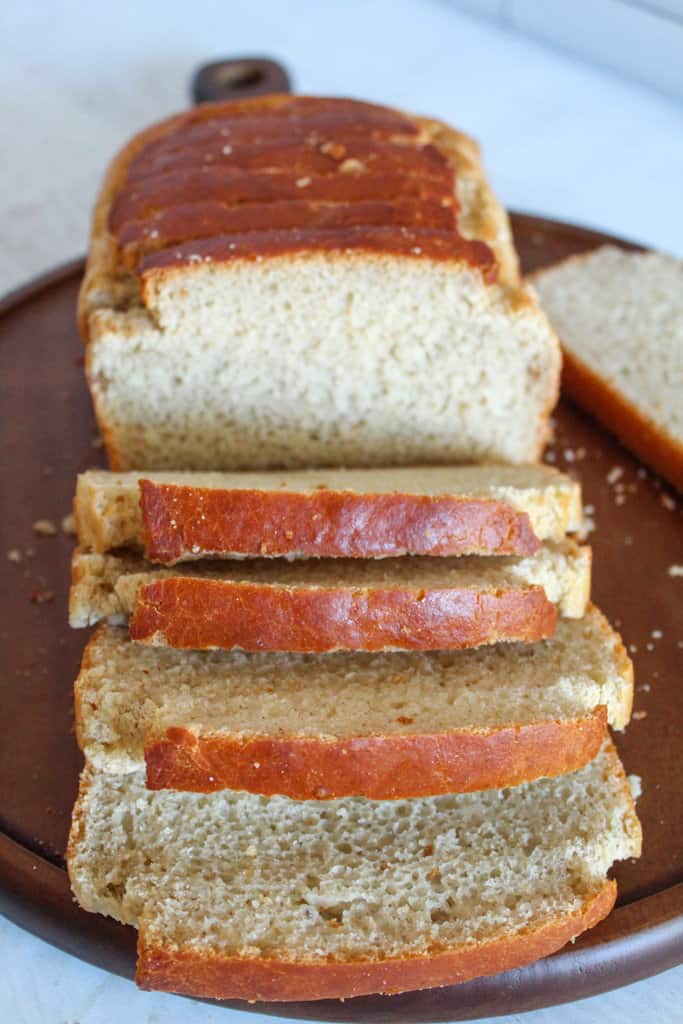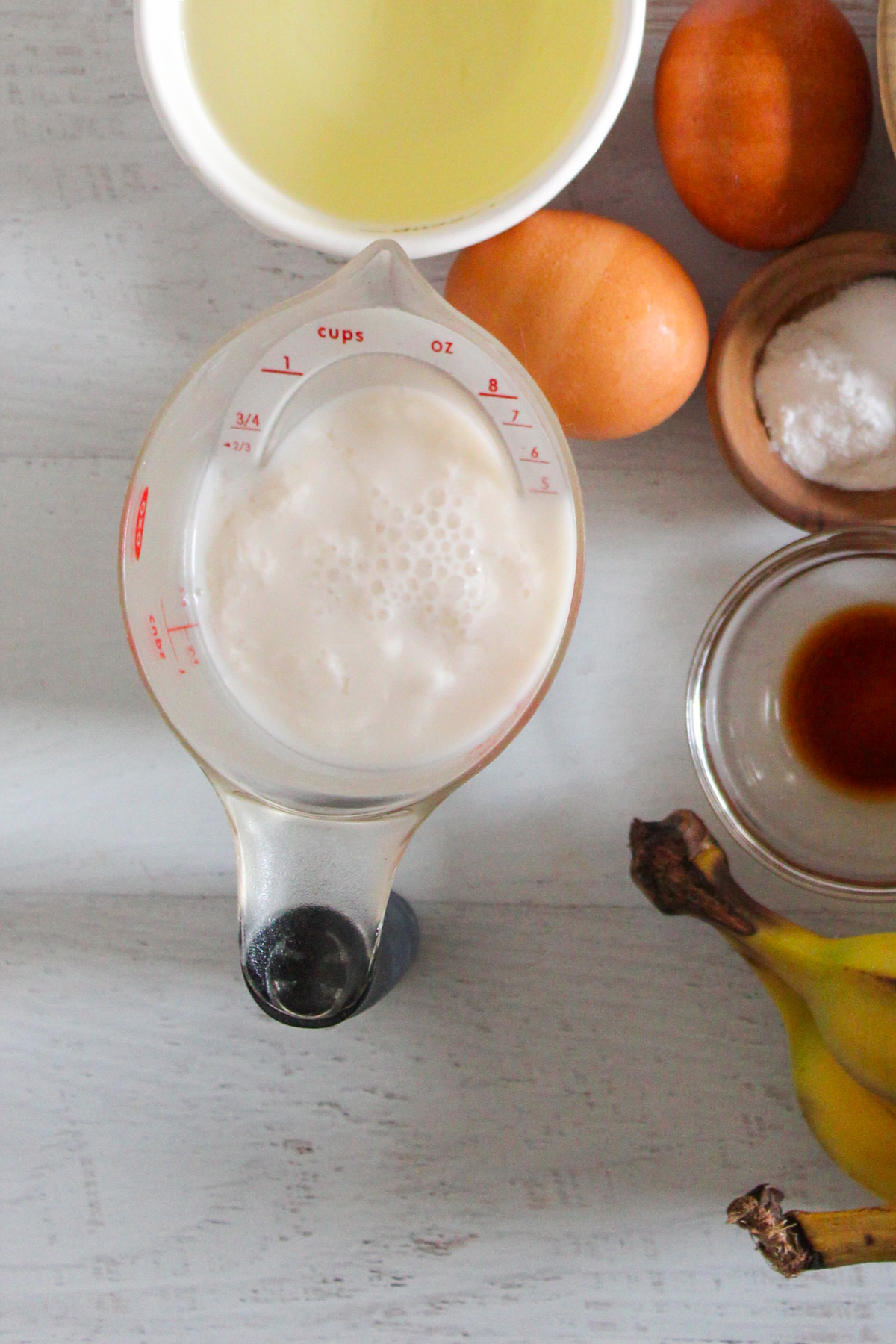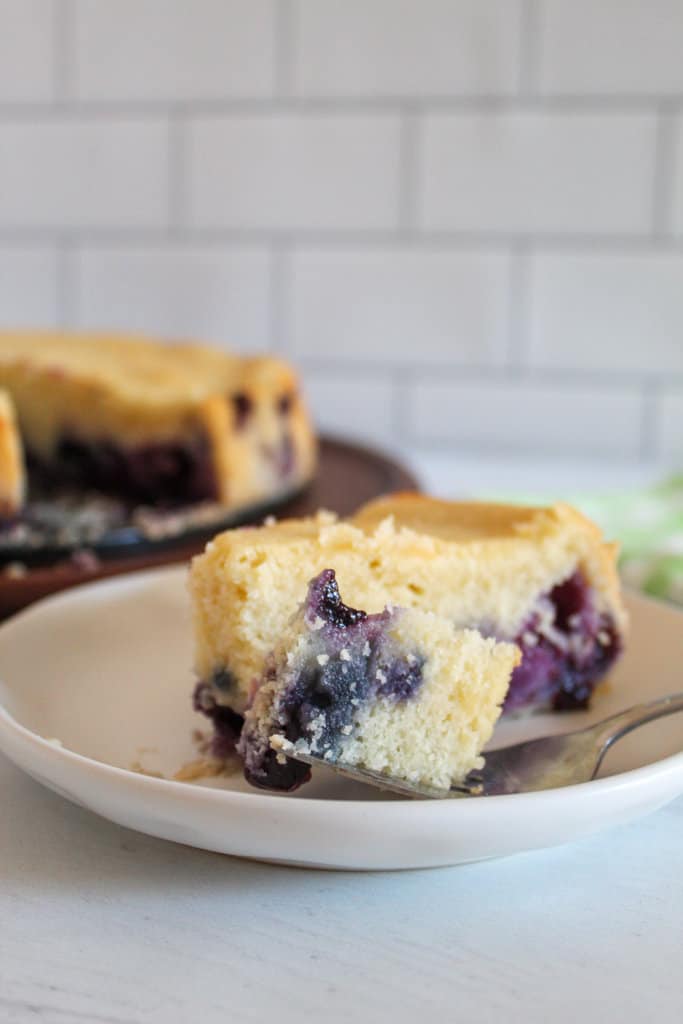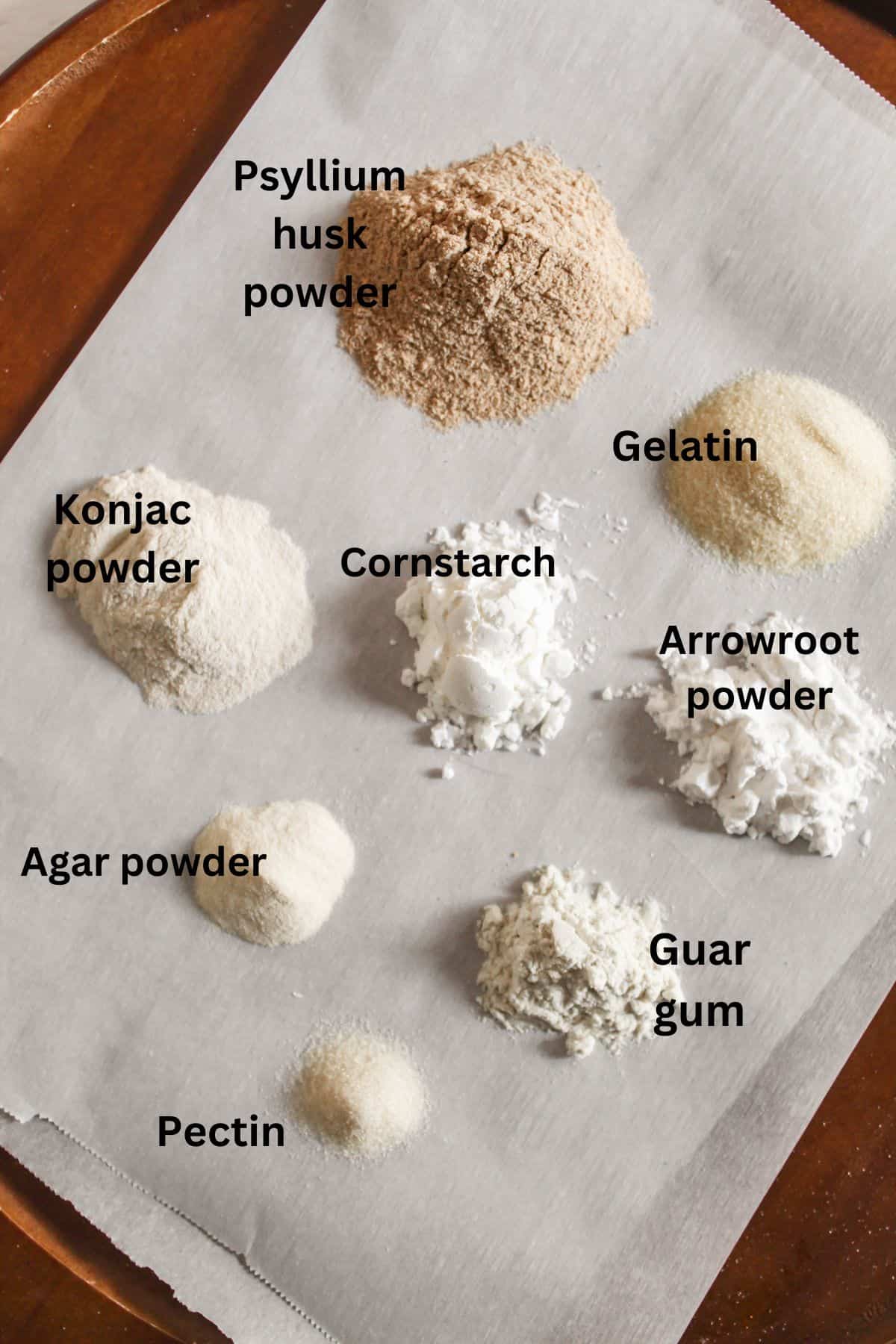Xanthan Gum vs Cornstarch: Which One Should You Use?
These two ingredients are commonly used in gluten-free baking, but which one is best, and when do you use them? Let’s weigh out the differences between xanthan gum vs cornstarch right here!
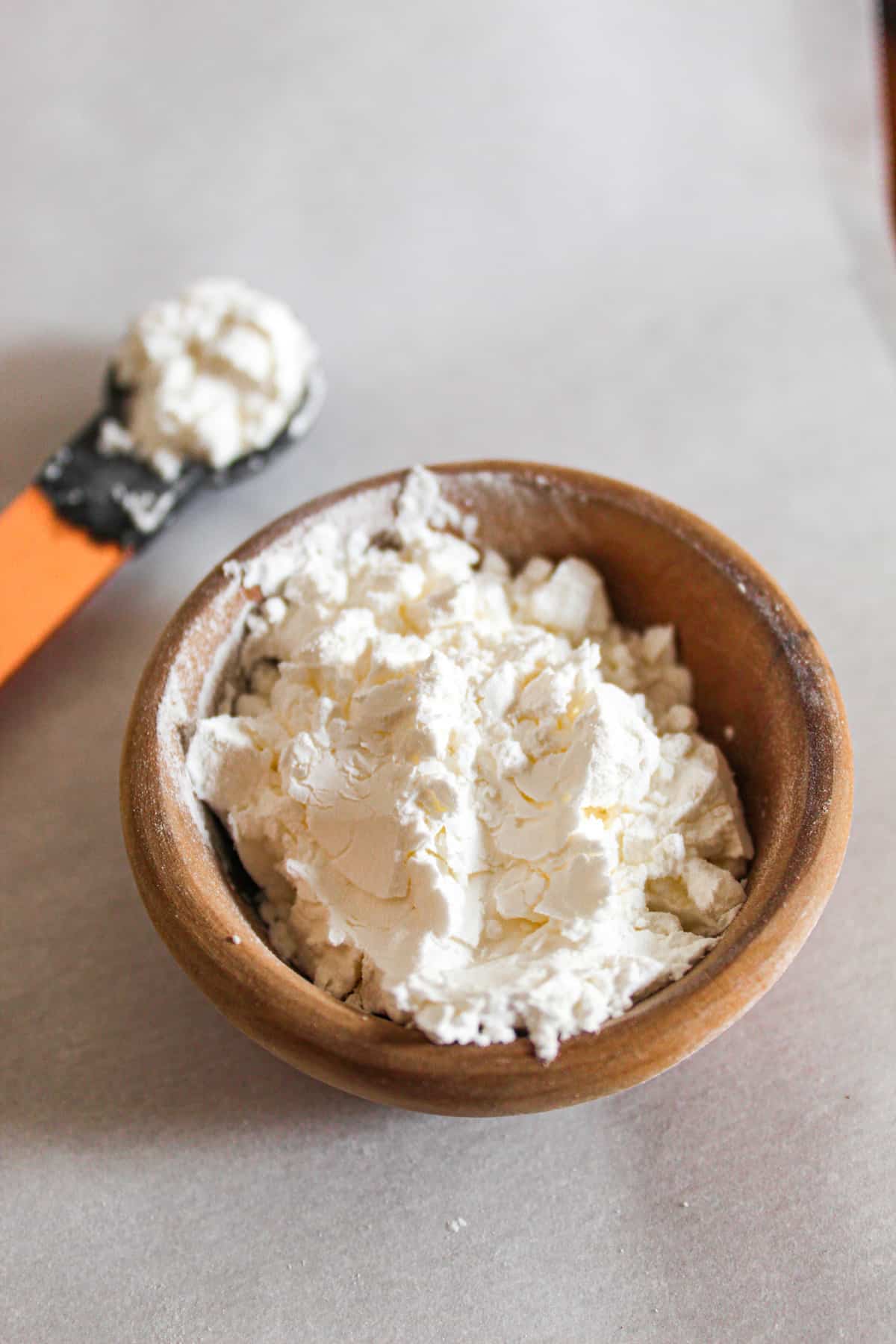
If you’re a gluten-free baker, you probably have both of these gluten-free thickening agents in your pantry. They can be used to thicken a variety of dishes and give a great texture to your bakes. However, it can be confusing to figure out exactly which one to use and when. They are not created equally, so it’s important to choose the right product to match your recipe and cooking process.
Table of Contents
Xanthan Gum vs Cornstarch: Key Takeaways
Xanthan gum and cornstarch are both used to thicken recipes or hold them together.
Xanthan gum does not have to be heated to thicken, so it can be used for a wide variety of products, like ice cream, salad dressings, blended drinks, and gluten-free bakes.
Cornstarch does need to be heated, so it’s more commonly used for puddings, sauces, gravies, breading, and baked goods.
In baking recipes that call for xanthan gum, you can usually replace it with the same amount of cornstarch.
If you want to use xanthan gum in place of cornstarch, you’ll usually need much less (1/2 teaspoon of xanthan gum per 1 tablespoon of cornstarch).
For other recipes, you may want to look into specific alternatives that are better suited to the job.
What is Xanthan Gum?
The tricky thing about gluten-free baking is the lack of gluten. Gluten acts as a glue to hold your recipes together, giving them a distinct texture. One of the best gluten-free alternatives to regular gluten is xanthan gum!
Xanthan gum is made by fermenting different types of sugar with a specific bacteria, then precipitating it in alcohol to create a solid substance before drying and grinding it into a powder.
It is especially great at holding liquids and solids together, which is why Starbucks uses it in frappuccinos and major companies use it in products from toothpaste to yogurt! It’s like a glue that keeps ingredients from separating for a smooth, consistent product.
In gluten-free baking, xanthan gum does a fantastic job of giving your bakes that classic spongy, springy texture you normally get with regular all purpose flour.
Another great thing about xanthan gum is that it does not need to be heated to activate its thickening power. It can work at a much lower temperature, so you add it directly to room temperature drinks or even cold water.
However, it’s important to be cautious with your xanthan gum usage. If you use too much, you can turn your recipes into a gummy, rubbery mess. It can also upset your stomach if you use a large amount. It’s best to add small amounts to hold your recipe together.
Best Xanthan Gum Substitute
If you don’t have xanthan gum on hand, you can use these xanthan gum substitutes as a replacement.
- psyllium husk
- ground chia seeds
- flax meal
- unflavored gelatin
- konjac powder
- agar agar
- arrowroot powder
- guar gum powder
- pectin
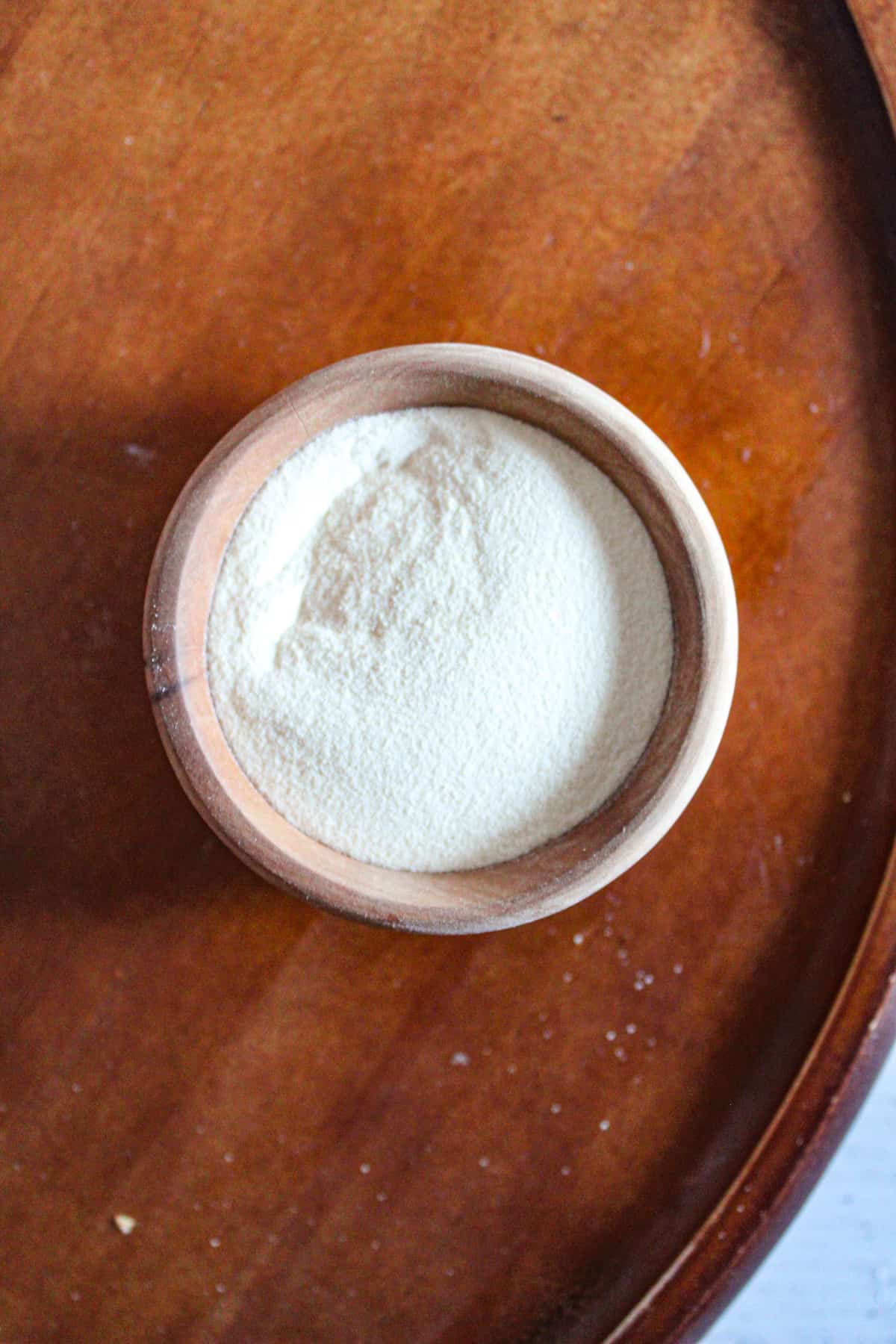
What is Cornstarch?
Cornstarch is an inexpensive and common pantry staple! It is a great thickening agent and is often used for breading fried tofu, making stovetop puddings or gravy, and so much more.
Cornstarch is a natural starch derived from the endosperm of corn kernels or the white center of the corn kernel. When dried and processed, corn starch turns into a fine white powder that can be used in many ways.
Like other gluten-free starches, corn starch must be heated to activate its thickening power. When cooking, it is usually whisked together with a cold liquid to create a slurry before being added to a savory dish. Then, the mixture must be stirred constantly to thicken.
In baking, cornstarch can be added directly to a batter and will help absorb excess liquid. For example, you can add it to cheesecake recipes to absorb extra liquid and prevent cracking!
Note about Corn Flour
Depending on where you live, you may see corn flour on the shelves. Corn flour is not the same thing as cornstarch.
Best Cornstarch Substitutes for Gluten-Free Baking
These popular gluten-free starches can be used as cornstarch substitutes, but you may need to adjust when or how you add the ingredient.
- tapioca starch
- arrowroot flour
- potato starch
What’s the Difference: Xanthan Gum vs Cornstarch?
Although both of these ingredients are excellent thickeners, there are some important differences that affect how you use them.
Xanthan gum does not need to be heated to reach a gel-like consistency, so it’s commonly used in both raw and cooked preparations. For example, you can add it to salad dressings to keep the oil and vinegar from separating. It’s also a fantastic way to add a “glue” to your gluten-free recipes to get a spongy, light texture, like in this gluten free cornbread and these gluten-free breadsticks.
On the other hand, cornstarch must be heated to thicken your recipes. It absorbs excess liquid and is a great way to prevent your gluten-free bakes from being too moist or heavy.
They can sometimes be used interchangeably, but not always. Xanthan gum is much more potent than cornstarch, so a little goes a long way!
Is Cornstarch a Good Substitute for Xanthan Gum?
It actually can be a great choice, depending on the recipe! Cornstarch and xanthan gum can both be used to thicken soups, stews, or gravies. Because xanthan gum is such a powerful thickener, you usually want to use a much smaller amount of it than cornstarch. Start by using 1/2 tsp of xanthan gum per 1 tablespoon of cornstarch.
In gluten-free baking, both xanthan gum and cornstarch are commonly added to gluten-free flour mixes to absorb excess liquids and get a fluffy final product. If a baking recipe calls for xanthan gum and you don’t have any on hand, replace it with the same amount of cornstarch.
Is Xanthan Gum better than Cornstarch?
That depends on what you mean by better! Let’s break down both of these ingredients to understand how they really relate.
Allergens: Since it is derived from corn, cornstarch is not safe for people with a corn allergy. It is also a grain, so it is not grain-free and is often processed in facilities that process gluten. People with celiac disease must purchase certified gluten-free cornstarch to avoid cross-contamination. The sugar used to make xanthan gum can be derived from a variety of sources, so it’s important to choose a brand without your specific allergens.
Use: Xanthan gum is more versatile than cornstarch since it can be used in both raw and cooked preparations. Cornstarch must be cooked to be consumed, which can be considered a con.
Digestibility: Xanthan gum is not tolerated by everyone. Because it is almost entirely soluble fiber, it can cause an upset stomach or bloating. On the other hand, cornstarch is easy to digest.
Nutritional Value: Nutritionally they are both quite different as well. Cornstarch is high in calories and carbohydrates like other starch products, while xanthan gum has no real nutritional value as it’s almost entirely fiber.
Pricing: Xanthan gum is also quite expensive and can be hard to find, while cornstarch is inexpensive and commonly available in any local grocery store.
For many people, cornstarch is an affordable, accessible alternative to xanthan gum, and it’s much more commonly tolerated than high-fiber gums.
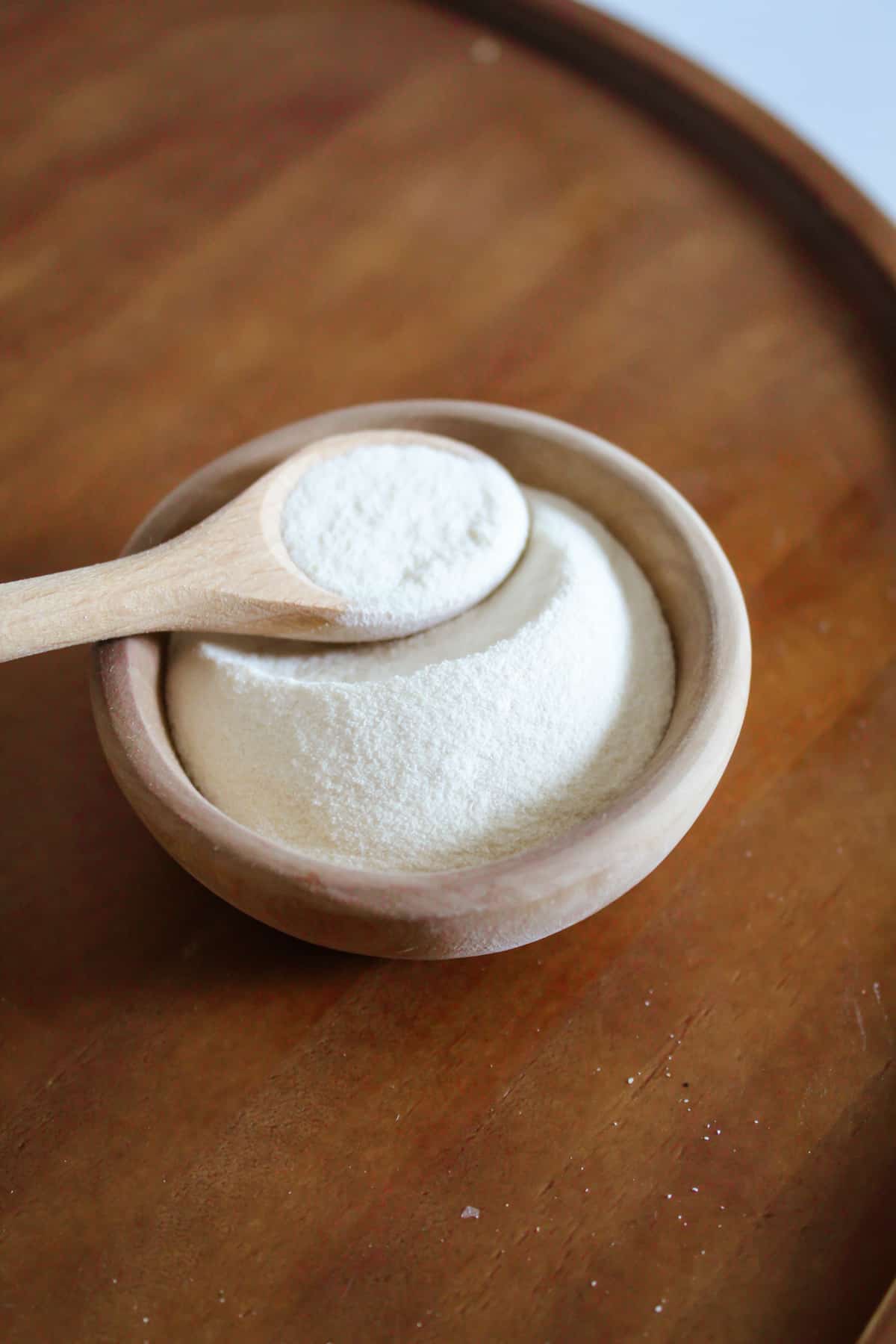
FAQs
Can I substitute xanthan gum for cornstarch?
How much xanthan gum do you need to use in place of cornstarch?
Baking: If you replace cornstarch with xanthan gum in gluten-free baked goods, use the same amount of xanthan gum as cornstarch (1:1 ratio).
Sauces & Puddings: Most cornstarch pudding recipes use quite a lot of cornstarch. You would not want to use nearly that much xanthan gum! A good rule of thumb is to use about 1/2 teaspoon of xanthan gum per 1 tablespoon of cornstarch.
Breading: If you want to replace cornstarch as a breading, you will need to add a small amount of xanthan gum to another starch, like tapioca flour.
Is xanthan gum good for thickening gravy?
Which is better: xanthan gum vs cornstarch? Clearly, the answer depends on several different variables. They are both great thickening agents and can be used interchangeably at times, but it really depends on each specific recipe.
